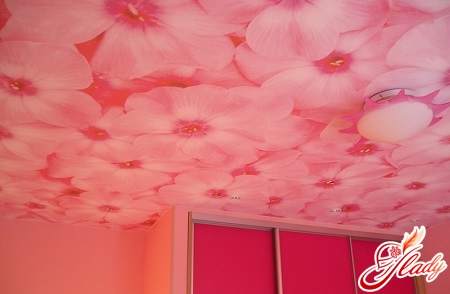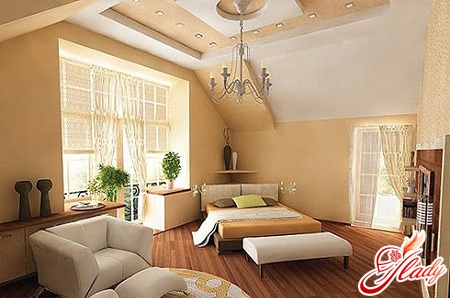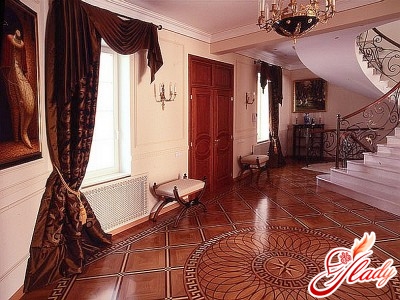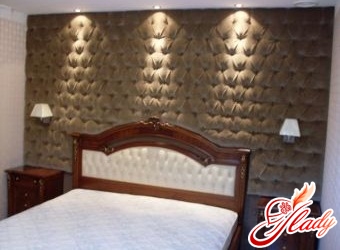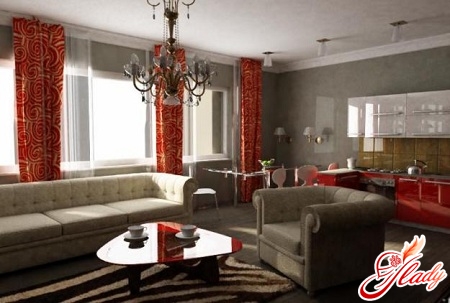 The housing issue that tormented the heroesBulgakov's novels, and to this day remains a pressing and vital issue. What can you do - not everyone is lucky enough to acquire spacious apartments. And a large (and far from the worst) part of the population of the entire territory of the former USSR continues to be content with its legacy - cramped Khrushchev-era buildings and modest apartments in panel high-rise buildings. And therefore the design of small apartments, or rather its ideas, occupy the minds of this very part of the population day and night. After all, you want to live, if not in a large apartment, then at least in a very comfortable, beautiful and fashionable one. Meanwhile, designers and artists, having caught the mood of potential customers, seriously began to develop rules for the design of small apartments. And, we must give them credit, they have succeeded in this. Moreover, they are not at all stingy in sharing ideas for the design of "small-sized" interiors on the pages of specialized publications, and on television programs, and (naturally!) on the Internet. And if fate has decreed that you have to live in a small one-room or two-room apartment, then these ideas and rules will be useful for you too.
The housing issue that tormented the heroesBulgakov's novels, and to this day remains a pressing and vital issue. What can you do - not everyone is lucky enough to acquire spacious apartments. And a large (and far from the worst) part of the population of the entire territory of the former USSR continues to be content with its legacy - cramped Khrushchev-era buildings and modest apartments in panel high-rise buildings. And therefore the design of small apartments, or rather its ideas, occupy the minds of this very part of the population day and night. After all, you want to live, if not in a large apartment, then at least in a very comfortable, beautiful and fashionable one. Meanwhile, designers and artists, having caught the mood of potential customers, seriously began to develop rules for the design of small apartments. And, we must give them credit, they have succeeded in this. Moreover, they are not at all stingy in sharing ideas for the design of "small-sized" interiors on the pages of specialized publications, and on television programs, and (naturally!) on the Internet. And if fate has decreed that you have to live in a small one-room or two-room apartment, then these ideas and rules will be useful for you too.
Ideas for solving the "housing problem"
All design projects of small ones without exceptionapartments are subject to two goals: visual expansion of living space and its functional improvement. The most widespread and popular idea is rightfully called the idea of creating a studio apartment. When creating studios, designers work exclusively with the horizontal space of the apartment, combining all its rooms into a single whole (except for privacy). Moreover, they are able to do this trick (turning ordinary apartments into studios) with both one-room and two-room apartments. The second successful, but less common idea can be considered the interior design of a small apartment using its free vertical space. In this case, apartments are equipped with so-called "second floors". True, this trick is possible only in apartments with high ceilings. However, in practice, both of these options are quite difficult to implement. When creating a studio, it is necessary to dismantle the walls even in one-room apartments. And this is called redevelopment and requires approval from the relevant authorities. In the second case, of course, you will not need any permits for the installation of podiums and second tiers. But imagine how much money you will have to spend to implement such a design idea even in one of the rooms of a two-room apartment. However, if you are determined, you can start a grand renovation with the destruction of walls or the construction of a two-level room. As a result, your apartment will turn into a very fashionable and stylish home, albeit small in size. But there are less radical ways, thanks to which the design of a small apartment will be no less fashionable and no less stylish.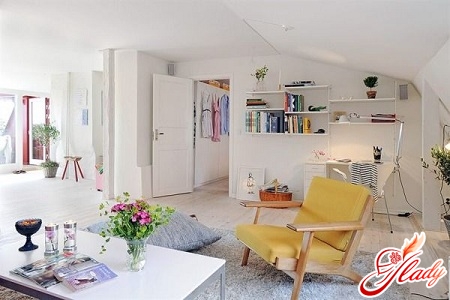
Ways to solve the "housing issue"
Transformation of a one-room or larger apartment,but it is also impossible to transform a very small apartment into a huge apartment. But it is possible to create the illusion of a larger space than it actually is. One of the ways to successfully “deceive” is zoning, when the room is visually divided into certain zones: a living room, a dining room, a sleeping area and a work area. This is possible due to the successful use of the texture and color of the floor and wall coverings. In addition, designers suggest using all kinds of light screens, curtains, and shelves when zoning. They also actively use the multi-level floor and ceiling for the zoning effect - this method is very effective. The opposite technique is the unification of functional zones, when the living area becomes a sleeping area at night, and the dining room turns into a study if necessary. That is, the same pieces of furniture perform different functions at the request of the owner. However, this technique has long been used by most owners of very small apartments. Although, perhaps, you will have your own ideas for solving this problem. Another way to expand the space of a small living space is the rational use of "dead zones": through passages, places near doors, space near windows. But even for these seemingly hopeless cases, designers find quite acceptable solutions. They convert window sills into work desks, replace doors with arches, and instead of chairs, stools that can be tucked under the table are placed around the table. In addition, a very successful design project for a tiny apartment implies interesting ideas for using its "hidden reserves": niches, bay windows, mezzanines, as well as multifunctional and folding furniture. For example, a niche can turn into a wardrobe, a linen box in a sofa can replace a chest of drawers or part of a closet, and a bay window can become a bedroom - the ideas can be very unusual.
Rules for resolving the "housing issue"
For a small apartment, the interior design must be developed according to certain rules. In any case, these are the rules that professional designers follow.
These are the simple rules. Now let's look at some specific examples.
One room apartment
In case you have to solve the problem with a one-room apartment, the following tips may be useful to you, which can greatly facilitate the task. So:
- Partitions
If two people live in a one-room apartmentgenerations – parents and children – it is very important for each to allocate their own personal space. And here double-sided wardrobes – sliding wardrobes, which are used for visual zoning of the apartment, can come to the rescue.
- Shelvings
Owners of a one-room apartment should notand overlook all sorts of shelves. They will not only visually highlight the living room and sleeping areas, but will also help solve the problem with a huge number of things. After all, as a rule, their placement is always a real headache for housewives living in a one-room apartment.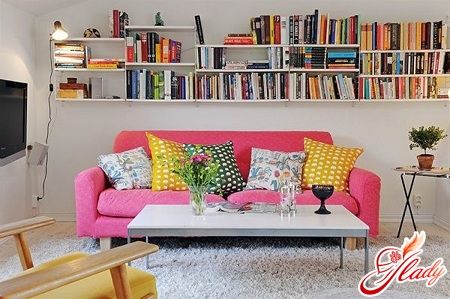
Two-roomed flat
Well, if you are lucky and you are happythe owner of a two-room apartment, there is even more scope for your imagination. After all, you have access to those decorative elements that cannot be implemented in a one-room apartment. Let's find out which ones - after all, good advice is never superfluous.
- Decoration Materials
In a two-room apartment you can refusescreens and zone the space using finishing materials. For example, tiles are replaced by parquet, and parquet by carpet or linoleum. The same applies to wallpaper - give preference to different colors and textures. It goes without saying that the combination of colors should be chosen very carefully.
- Podiums
In addition, in a two-room apartment with successyou can use the so-called podiums. Although, to be fair, they are not contraindicated for a one-room apartment, but still, in a two-room apartment there are much more possibilities. For example, a sofa and a coffee table can be placed on the podium in the hall of a two-room apartment, and a bed in the bedroom. If children live in a two-room apartment, a play area can be made on the podium in their room.
- Mirrors
Designers recommend using it in interiorstwo-room apartment as many mirrors as possible. Mirrors significantly visually expand the space and create the illusion of a large room. Professionals say that the design of a small apartment is no less interesting for them than the design of large and multi-room living spaces - you can bring to life the boldest ideas. After all, here you have to solve a more complex "housing issue". And such a task turns out to be quite within their power. So maybe these interesting ideas and useful tips for interior design of a very small apartment (or not so small, but still cramped) will help you find the best solution. Which option will you choose: creating a one-room studio, building tiers or a harmonious design without redevelopment? Look for your own, exclusive solution to the eternal "housing issue"! After all, you probably already have original ideas? We recommend reading:




